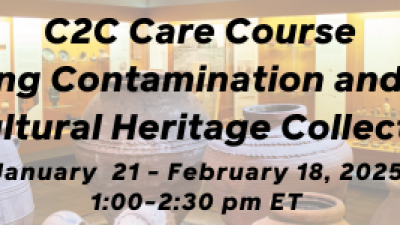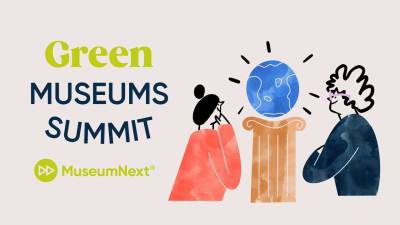
Paul Irving is the president of the Milken Institute, where he leads initiatives to improve public health and aging across America and the world. I have had the pleasure of communicating with him, and he is fascinated with what we are doing at AAM with support from Aroha Philanthropies, and committed to helping us in any way he possibly can. “Possibly” is the operative word here because Paul is not only leading the Milken but also sits on five boards. Happily, he is very skilled at using his time, and in the short conversations I have had with him, the quality of his advice has been impeccable.
Speaking of impeccable, I cannot recommend highly enough his book, The Upside of Aging: How Long Life is Changing the World of Health, Work, Innovation, Policy, and Purpose. If you were to have three books in your creative aging library, in fact, I would suggest that you purchase Gene Cohen’s The Creative Age, Ashton Applewhite’s This Chair Rocks: A Manifesto Against Ageism, and Irving’s Upside of Aging! Done and dusted; you have now a very good handle on the entire movement, its roots and its potentials.
The Upside of Aging is divided into three parts, each with chapters from authors in a variety of fields, which together offer a very helpful context for many of the key threads of the creative aging movement:
Part one discusses “Opportunities and Innovations,” examining the demographic context in a way that is positive and imaginative. It focuses on the opportunity we have to wean ourselves from stereotypes and look more closely in a people-to-people personal way at older aging adults. Then, it looks at the economic aspects and opportunities related to an actively engaged aging population.
Skip over related stories to continue reading articlePart two examines the “Changing Landscape” of aging through various perspectives. For example, it looks at the potential of “encore act” careers for those who wish to continue working; the benefits of having older, more experienced employees in the workplace; philanthropy; city planning; and even higher education models that are actively accommodating a newer, more experienced learner. I particularly recommend the chapter by Dr. Steven Knapp, former president of The George Washington University, as it has relevance to our museum models of management and governance.
Finally, part three focuses on “Perspectives and Possibilities.” It looks at aging in the context of the US, which will be characterized as a minority-majority nation by 2050 based on demographic trends (Fernando M. Torres-Gil’s piece on this topic is one of the most eloquent and helpful pieces in the book, with advice borne of experience, patience, and great perspective). It also examines the groundbreaking work that is being done in the UK around aging and wellbeing, and prompts us to consider when change is best in our own lives.
Finally, The Upside concludes with a wonderfully written and forward-looking essay by Barry Rand, the CEO of AARP. He describes this period as an “aging revolution” and eloquently reflects on the opportunities we have to redefine our lives as older adult learners.
Please read this book. It is engaging, enjoyable, and will introduce you to some remarkable thinkers and writers from many corners of our world of creative aging studies. There are kindred spirits in these pages, and especially in the work of Paul Irving!
Remember: Ad Summa offers weekly blogs and you are invited, as always, to contribute. We will have a special issue of AAM’s bi-monthly magazine devoted to creative aging in museums (October 2020), and you should plan to join us at our national convening in Atlanta at the High Museum, November 4-6, 2020!









Comments